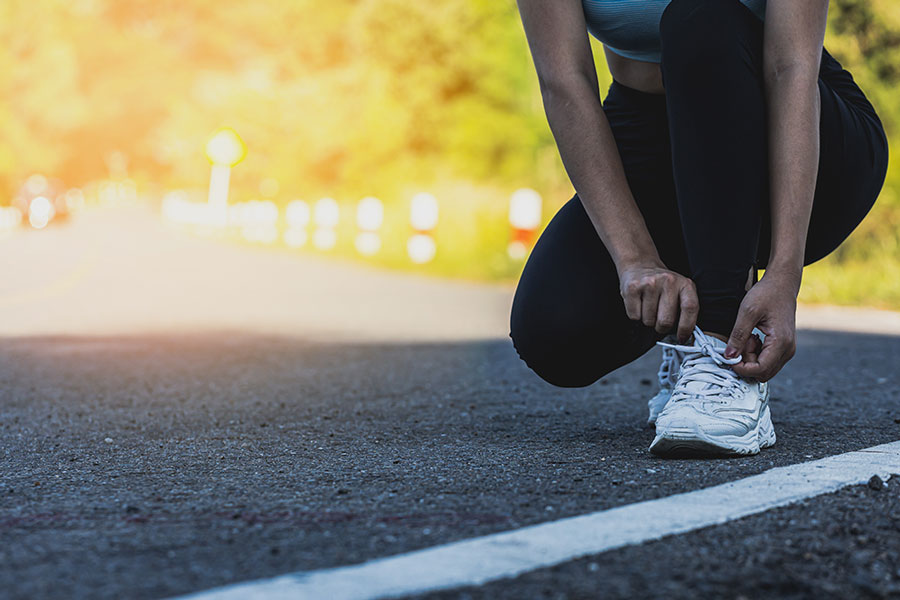
Conditioning-for-Running
The basic conversation between you, the runner and me, the Physiotherapist always starts the same way. You tell me that you are doing everything that you should be doing, yet your knee still hurts. You stretch before and after running, yet it hurts, You perform a warm-up, yet it hurts. Right! Then, I ask you my killer question, ‘are you conditioning your knee well so that you can run for longer into the future without having that annoying pain in your knee?’ And then you look at me like I’m speaking gibberish. What is conditioning? Well, that’s exactly what I wanted to talk to you about in my blog
I do not call myself a professional runner yet but I have run a couple of marathons. However, when I was not a Physiotherapist, I used to run the marathons with the required “warm-ups and stretches”. Over a period of time, my knee started to hurt to a point where I had to stop running. Recently, I have gone back to running but I make sure to condition my muscles and joints well.
In layman’s terms, conditioning is basically training your joints/muscles in the right ways to function better and last longer, like oiling the engine of a car to function smoothly. When you are running, your hips, knees and lumbar spine take most of the impact. Each joint has a cartilage or jelly-like structure for lubrication which helps them glide and slide over the other joint smoothly as well as acting as a shock absorber. However, out of the above three joints, the knee always takes the maximum pressure.
The more you run, the more you use them and increase their load. If you don’t condition them properly or not enough, you still put a huge load on them, but they become more prone to wear and tear which means that you are more likely to get injured. Your joint and bone tissues adapt to whatever stresses or loads you put them under. The problem never starts immediately, it starts when it’s been overused and not conditioned properly.
I want to share what has worked for me to make my running better and more efficient with less clicking/creaking in my joints and reduced achiness.
- I have tried to induce strength training for my lower body, including my lower back at least three times a week. I focus on strengthening my gluteal (hip), quadriceps/ hamstrings (knee) and calf muscles.
- I do dynamic stretches before running to warm-up my muscles, for example: I do a hamstring sweep, butt kicks, Heel and toe walks, lunges with rotations, squats etc.
- Post-run- I go for more static stretches, which includes stretching the muscles of the lower back, hip, knee and ankle.
- I use a cold compression around the knee and shin if I go for a long run. I usually use a pack like the ones we have in the clinic.
- I try to condition both the sides of my body even if there is pain on one side.
- I use a combination of recovery, interval and long runs + strength and conditioning.
Always remember to strengthen one joint above and one joint below whenever you train, it is never a single joint!
Lastly, do not forget to listen to your body and always allow it to recover. Take breaks between your runs and sessions, and plan your sessions so that you get the time to condition your muscles/ joints. Get your pain sorted before it’s too late!
Let me if this works for you!!

 01795 60 60 66
01795 60 60 66 admin@xcelhealth.co.uk
admin@xcelhealth.co.uk
